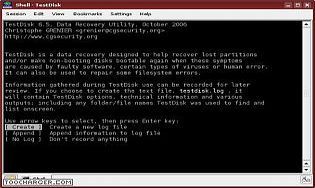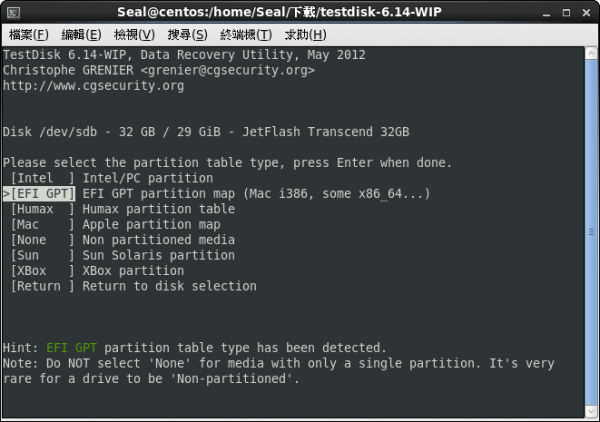

In the next window, you must select the drive for the tool to search ( Figure B).įigure B Select the drive that once housed those files. Use your arrow keys to make your selection and hit Enter on your keyboard. This choice is up to you and will not impact testdisk’s ability to recover your files.įigure A To create a log or not to create a log, that is the question. In the first window you must select if you want to create a new log, append to a previous log, or skip the log process ( Figure A). First create a recovery directory with the command:Ĭhange into that newly-created directory with the command: Because of that, it’s probably best that you create a new directory to house the recovered files. The one tricky part to using testdisk is that it not only requires sudo or root privileges, it will recover files in a new directory with the same name as the directory they were found in. If you’re on a CentOS machine, that command would be: For example, on our Ubuntu Server 20.04 instance, the installation command would be: Since testdisk is found in the standard repositories, the installation is quite easy. SEE: Linux file and directory management commands (TechRepublic Premium) What you’ll needĪ running instance of Linux (such as Ubuntu Server 20.04) Fear not, those of you who aren’t exactly comfortable with the command line, testdisk is quite easy to use once you know your way around it. That alone should give you an indication that testdisk is a command line tool.
#Testdisk linux how to#
I’m going to show you how to do just that. Although this particular piece of software has a few tricks up its sleeve (such as recovering entire partitions), one of the really handy aspects is its ability to recover deleted files. This is Linux and there’s always a tool to help you out–one such tool is testdisk. What do you do?įirst off, you don’t panic.

No matter why or how they vanished, you need them back. You might have accidentally used the rm command or maybe a hacker gained access to your system and deleted any number of files. There are a number of ways files get deleted. Do you know where your deleted files are? If you’re on a Linux server, those magically vanished files might be quite the elusive little gremlins. How to secure your email via encryption, password management and more (TechRepublic Premium)
#Testdisk linux portable#
Meet the most comprehensive portable cybersecurity device


 0 kommentar(er)
0 kommentar(er)
